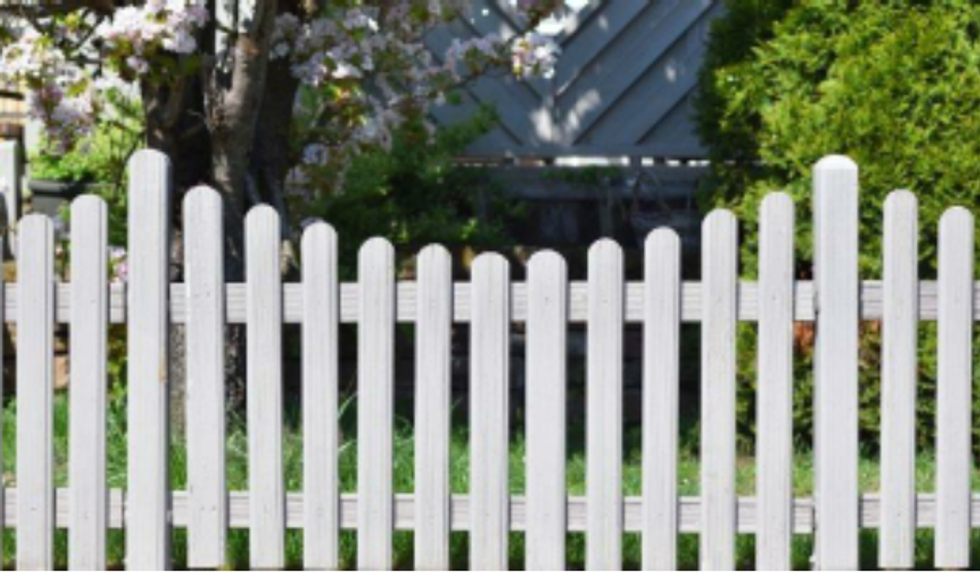You should carefully consider how different types of fences can be used to manage your farm or livestock enterprise. It is important to design a fence that is practical and intelligent.
This will allow you to continue farm activities without causing any future difficulties. Chain link fencing is used to protect livestock from predators and thieves to separate and secure livestock, and to maintain pasture boundaries.
This economical fence is made of galvanized, coated steel wire. It is attached to the neighboring wires in a diamond or zigzag design by hooking them together. This is called weaving or spiraling. Although the galvanizing process helps to prevent corrosion, a chain-link fence can rust over time. Although this construction creates a strong barrier against crumples, it is difficult to compromise. It can still be cut with a pair of heavy-duty steel cutters. In the agricultural industry, chain link fencing is also known as chicken wire fencing.
Chain link fences come in rolls of three to twelve feet in height. A fifty-foot length is standard for mobility and delivery. You can purchase such segments for as little as 4 or 5 hundred dollars, or less for large orders. You can add privacy slats to any section, but many people do this on-site. For as little as fifty dollars, single-person fence gates are possible. A double-gate for a vehicle can cost between five hundred and a thousand dollars. An underestimation can lead to the purchase of more cat proof fence sections.
Chain link fences are widely used and can be used in many ways. An electric fence is more offensive than defensive. The electric fence acts as a strong deterrent against thieves, vandals, predators, and other criminals. The hot wiring can be avoided by livestock very quickly. The entire farm perimeter can be electrified by electric fencing. The topmost fence beam may be covered with hot wires or bars to deter potential threats. However, certain predators larger than cats, wolves, and bears have a greater instinctive drive for hunting and killing and could still breach the defense.
The most important thing about a chain-link fence is how it's made. Because chain link sections can easily be raised and gated or extended to extend parcels, land, or livestock areas, areas must be pre-designated for free-roaming. This includes breeding, catching, and movement. Typically, the latter is facilitated by alleyways, or narrow areas between pens, which typically measure ten to twelve feet in width. It is just as important to determine the perimeter of a chain-link fence and how to do it. The Satellite perfectly illustrates this. Satellite views can help you see potential watercourses and hilly areas better than any other method, except for borrowing a low-flying aircraft and using blurry photography.
Conclusion
Over the years, chain link fencing has proven itself to be a reliable, practical, and economical resource for farming and land management. The installation of wire fences is quite easy and their maintenance cost is low. Chain link fencing, in its own right, promotes commerce within the farm-land industries.




















 sunrise
StableDiffusion
sunrise
StableDiffusion
 bonfire friends
StableDiffusion
bonfire friends
StableDiffusion
 sadness
StableDiffusion
sadness
StableDiffusion

 purple skies
StableDiffusion
purple skies
StableDiffusion

 true love
StableDiffusion
true love
StableDiffusion
 My Cheerleader
StableDiffusion
My Cheerleader
StableDiffusion
 womans transformation to happiness and love
StableDiffusion
womans transformation to happiness and love
StableDiffusion
 future life together of adventures
StableDiffusion
future life together of adventures
StableDiffusion





















